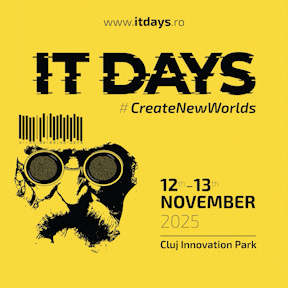Is it really working

Have you ever found yourself scrutinizing old code you have written years before, realizing in hindsight how slow it actually was, how badly you have written it at the time and pondering how it managed to still work acceptably for such a long time? We did on more than one occasion… After a while, you can’t help but wonder what exactly saves you so often from your own stupidity. Could it be luck? Unlikely… And after many years we have finally figured it out. We know now what our guardian angel is. It’s the JVM, this smart, amazing machine, about which we Java programmers know so very little.
















.jpg)





 [2011-09-05].jpg)
 [2016-09-26].jpg)




















